Products
News
- How to Install AAC Conductor
- Power cable current carrying capacity
- Guide on Low Voltage Aerial Bundling Cables(ABC Cab
- Guide to Electrical Insulators
- The difference between 3 + 2 and 4 + 1 on wires and
- What are the cable accessories?
- AWG (American Wire Gauge) to MM2 Conversion
- Cable Short Circuit Current Calculate
- Overhead conductor,poles,and gold fittings design
- OPGW Cable Line Design Several Key Issues[2]
Contact us
E-Mail:info@dosensecable.com
Phone:+8613073786551
Tel:+8613073786551
Add:Zhengzhou, Henan,China
Cable Lug
Brand:Dosense Cable
Category:Cable Accessories
Cable lugs are devices used to terminate cables and connect them to various electrical equipment such as circuit breakers switches or busbars. They provide a secure and reliable connection while ensuring efficient electrical conductivity...
Cable lugs are devices used to terminate cables and connect them to various electrical equipment, such as circuit breakers, switches, or busbars. They provide a secure and reliable connection while ensuring efficient electrical conductivity. Here are some common technical specifications and information related to cable lugs:
Material: Cable lugs are typically made from materials with good electrical conductivity and mechanical strength. Common materials include copper, aluminum, and tinned copper. Copper is preferred for its excellent conductivity, but aluminum lugs are often used for larger cables due to their lighter weight.
Types: Cable lugs come in various types to accommodate different cable sizes and termination methods. Some common types include:
Ring Lugs: These have a ring-shaped terminal for attaching bolts or studs.
Spade Lugs: These have a flat, spade-shaped terminal for bolting onto equipment.
Pin Lugs: These have a cylindrical terminal with a hole for a bolt or stud.
Fork Lugs: These have a fork-shaped terminal that can be secured with a bolt or screw.
Compression Lugs: These lugs are crimped onto the cable strands, providing a secure connection without the need for bolts or screws.
Cable Size: Cable lugs are available in various sizes to accommodate different cable diameters. The size is usually specified in terms of the cable's cross-sectional area, often in square millimeters (mm²) or American Wire Gauge (AWG).
Termination Method: Cable lugs can be attached to cables through various methods, including crimping, soldering, and bolting. Crimping is a common method that involves using a specialized crimping tool to compress the lug onto the cable strands, ensuring a tight and secure connection.
Insulation: Some cable lugs come with insulation sleeves or covers made from materials like heat-shrinkable tubing. These sleeves provide electrical insulation and protection against environmental factors such as moisture, chemicals, and abrasion.
Voltage and Current Rating: Cable lugs are rated for specific voltage and current levels. It's important to select lugs that are appropriate for the intended application to ensure safety and proper functionality.
Standards and Certifications: Cable lugs should comply with relevant industry standards and certifications to ensure their quality and performance. Common standards include those set by organizations like UL (Underwriters Laboratories) and IEC (International Electrotechnical Commission).
Installation Guidelines: Proper installation is crucial for the effectiveness and safety of cable lugs. Follow manufacturer guidelines and best practices for crimping, bolting, or soldering to ensure a reliable connection.
Corrosion Resistance: Depending on the environment, cable lugs might need to be corrosion-resistant. Tinned copper lugs are often used in corrosive environments to enhance their durability.
Temperature Rating: Cable lugs should be suitable for the operating temperatures of the environment in which they are installed. High-temperature environments may require lugs made from materials that can withstand elevated temperatures.
When selecting cable lugs, it's important to consider the specific requirements of your application, such as cable size, voltage and current levels, environmental conditions, and installation method. Always refer to manufacturer specifications and industry standards to ensure that you choose the right cable lugs for your needs.
Related Products





 info@dosensecable.com
info@dosensecable.com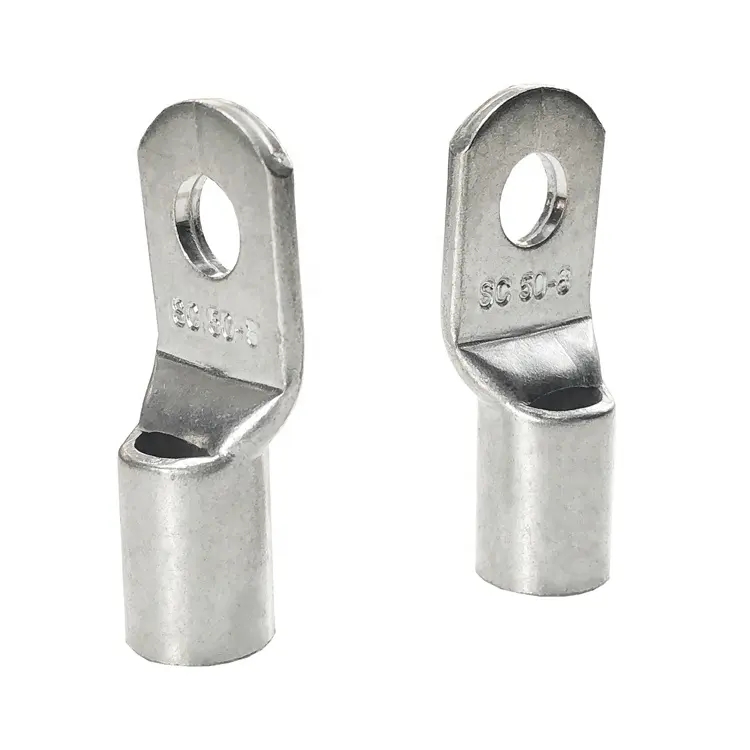
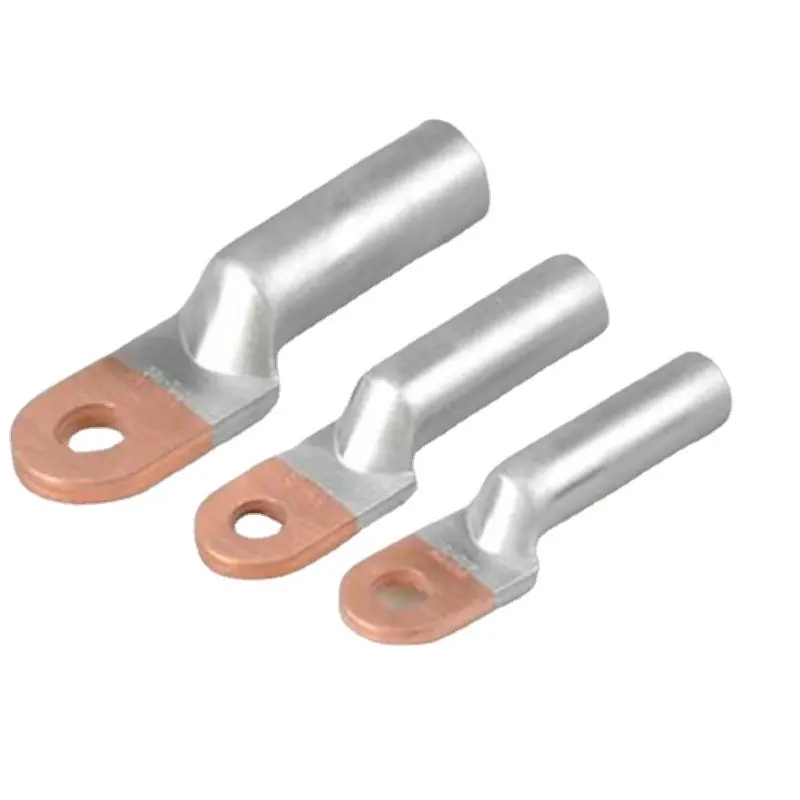
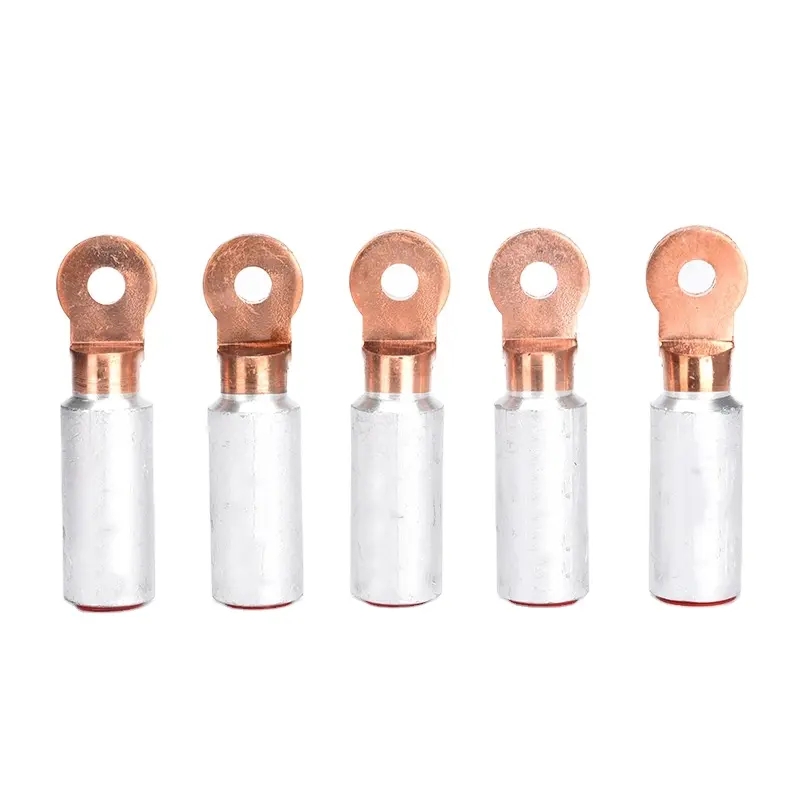
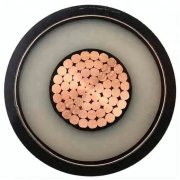
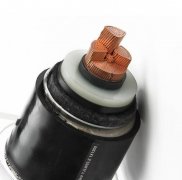
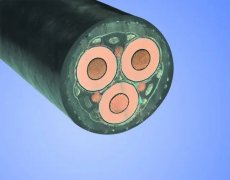
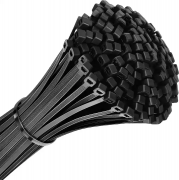
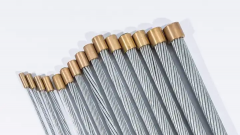
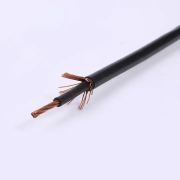
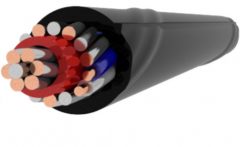
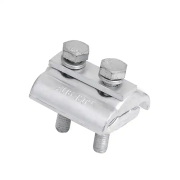

 Tel:
Tel:  Address: Zhengzhou, Henan,China
Address: Zhengzhou, Henan,China